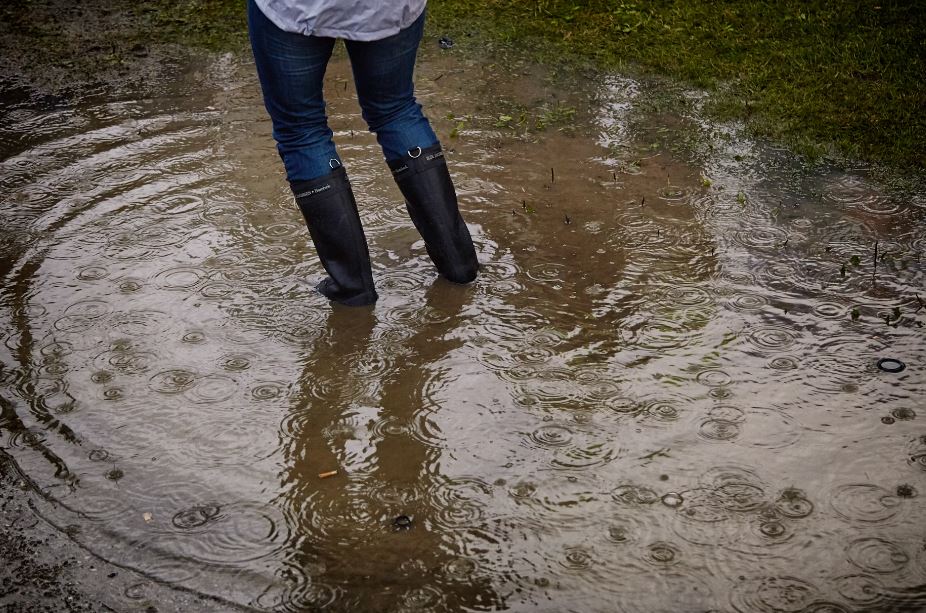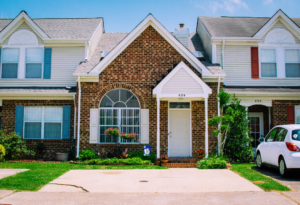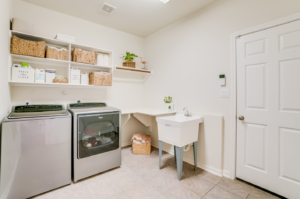
Experiencing a flood in your home can be a devastating and overwhelming situation. The damage caused by water can be extensive and pose serious health risks if not properly addressed. However, with the right knowledge and guidance, restoring your home after flooding is possible. This blog post will provide you with a step-by-step guide on how to effectively restore your home after a flood, so you can get back to normal as quickly and safely as possible.
Assess the Damage
The first step in restoring your home after a flood is to assess the extent of the water damage. Before re-entering your home, make sure it is safe to do so. Turn off the electricity and gas to prevent any accidents. Once inside, take note of the damage to your floors, walls, furniture, and personal belongings. This will help you determine the best course of action for restoration.
Remove Water and Debris
The next step is to remove any standing water and debris from your home. Use a wet/dry vacuum, mops, and buckets to clear out the water. Be sure to wear protective clothing, such as gloves and boots, to prevent any exposure to contaminated water. Dispose of any damaged items or materials properly to prevent mold growth and further damage.
Dry Out the Area
After removing the water, it is essential to thoroughly dry out the affected area to prevent mold and mildew growth. Open windows and doors to increase ventilation and use fans and dehumidifiers to speed up the drying process. Remove any wet carpets, insulation, and drywall as they can harbor mold and bacteria. It is crucial to ensure that the area is completely dry before beginning any repairs or restoration work.
Sanitize and Disinfect
Once the area is dry, it is important to sanitize and disinfect your home to eliminate any bacteria and pathogens that may be present. Use a mixture of bleach and water to clean and disinfect all surfaces, including walls, floors, and furniture. Be sure to wear protective gear, such as masks and gloves, while cleaning to avoid exposure to harmful bacteria. Pay special attention to areas that were submerged in water, as they are most susceptible to contamination.
Repair and Restore
The final step in restoring your home after flooding is to repair and restore any damage that occurred. Replace any damaged flooring, drywall, insulation, and furniture. You may need to hire professionals, such as plumbers, electricians, and contractors, to assist with more extensive repairs. It is essential to address any structural damage, such as cracks in the foundation or roof, to prevent further issues down the road.
Restoring your home after flooding can be a daunting task, but with the right knowledge and guidance, it is possible to repair and restore your home back to its original condition. By following the step-by-step guide outlined in this blog post, you can effectively address the damage caused by flooding and create a safe and healthy living environment for you and your family. Remember to stay safe and take necessary precautions while restoring your home after a flood. With patience and perseverance, you can overcome the challenges of flooding and restore your home to its former glory.


